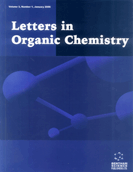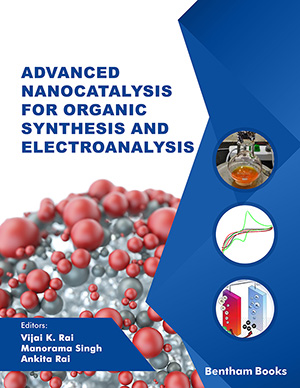Abstract
Background: Earlier we found that the reaction of 4-benzoyl-5-phenylamino-2,3-dihydrothiophene- 2,3-dione (1) with primary aromatic amines, secondary aliphatic amines and N,N′-dinucleophiles such as 1-aminoguanidine, guanidine, urea, and 1,2-phenylenediamine in ethanol or acetic acid at high temperature gave the substituted thiophenes, amide and heterocyclic derivatives that have Nphenylthiocarbamoyl group, respectively. As a part of our studies on the intermediate 1 in relation to the synthesis of thioamides in aqueous medium, we now report the reactions of 1 with amines at room temperature in the THF–H2O (1:1) system. The reaction of 1 with primary and secondary aliphatic amines, N,N′-dinucleophiles such as hydrazine and guanidine and tertiary aromatic and aliphatic amines led to 3-N-phenylthiocarbamoyl-2-butenamides 2a-n.
Method: In general, to a stirred solution of 4-benzoyl-5-phenylamino-2,3-dihydrothiophene-2,3-dione (1) (1.0 mmol) in THF/H2O (1:1) was added each of the amines (1.0 mmol) (piperazine and DABCO 0.5 mmol) at room temperature. The reaction mixture was then stirred for 3-6 h. The progress of the reaction was monitored by TLC (eluent AcOEt/hexane 2:1). The resulting solid was separated by filtration and was recrystallized from a suitable solvent to give 2a-n. The structures of 2a-n were deduced from their elemental analyses and IR, 1H, 13C NMR spectroscopic and mass spectrometric data. Results: Reactions of 4-benzoyl-5-phenylamino-2,3-dihydrothiophene-2,3-dione (1) with primary aliphatic amines, N,N′-dinucleophiles such as hydrazine and guanidine and secondary aliphatic amines under mild conditions in THF/H2O (1:1) afforded the corresponding N-alkyl and N,N-dialkyl 3-N-phenylthiocarbamoyl- 2-butenamides (2a-g and 2h-j) and 1,4-bis(3-N-phenylthiocarbamoyl-2-butenoyl)piperazine (2k). In addition, the reaction of 1 with tertiary aromatic and aliphatic amines in the same conditions led to stable 1,4-diionic nitrogen betaines 2l-n. These showed the nucleophilic attacks of primary and secondary aliphatic amines, N,N′-dinucleophiles and tertiary aromatic and aliphatic amines on thioesteric carboxyl group (C-2) of the thiophene-2,3-dione ring (1), due to the extremely high reactivity of the thioesteric carboxyl group. Conclusion: In conclusion, we have described a convenient route for the synthesis of 3-N-phenylthiocarbamoyl- 2-butenamide derivatives (2a-n) from 4-benzoyl-5-phenylamino-2,3-dihydrothiophene-2,3- dione (1) with primary and secondary aliphatic amines, N,N′-dinucleophiles and tertiary aromatic and aliphatic amines in medium to good yields. The advantage of the present procedure is that the reaction is performed in aqueous medium at room temperature by simple mixing of the starting materials.Keywords: Amine, aqueous medium, nitrogen betaine, 3-N-Phenylthiocarbamoyl-2-butenamide, thiophene-2, 3-dione, TLC.


























